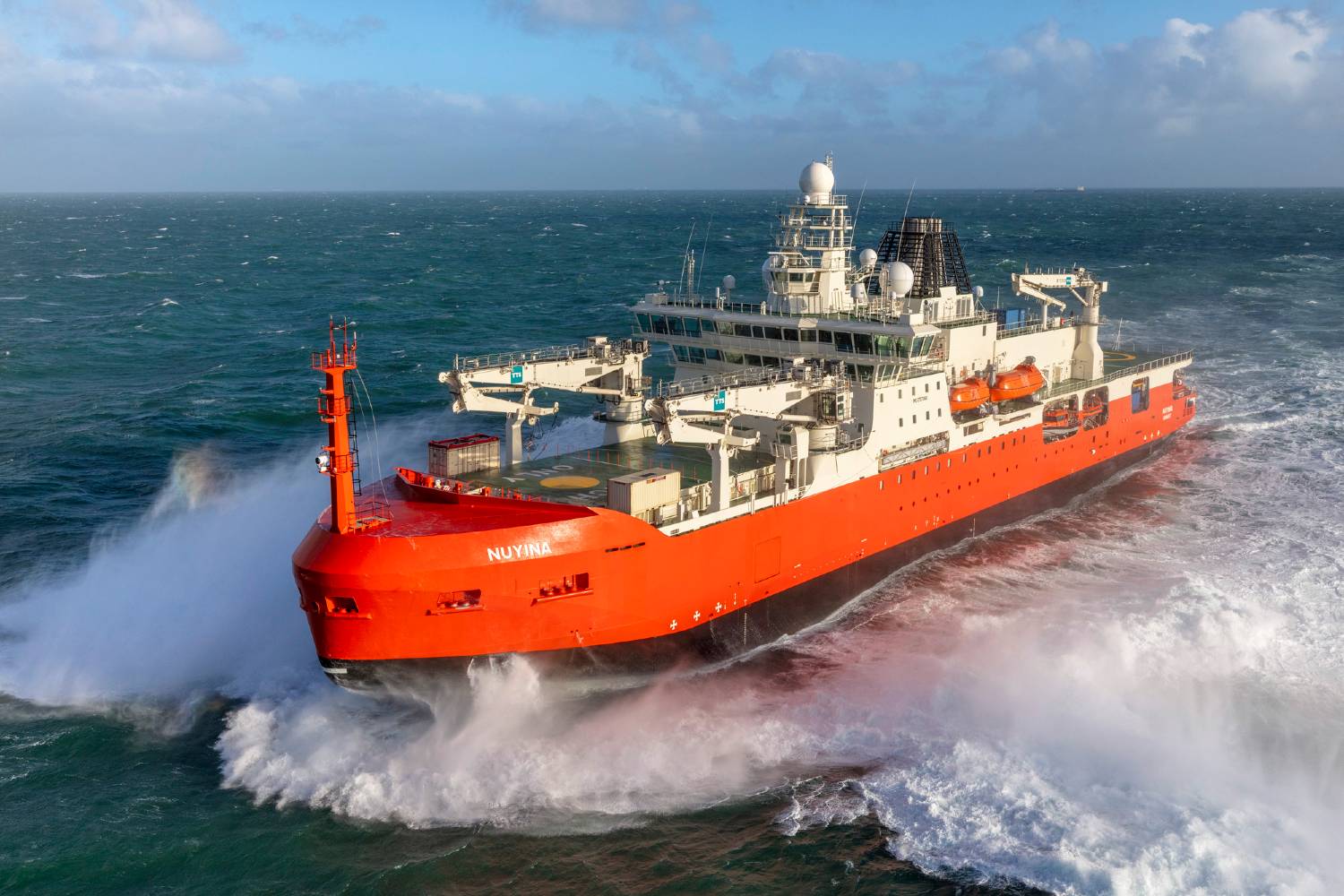An online exhibition created by the Australian National Maritime Museum in collaboration with the Australian Antarctic Division to mark the arrival of the new Australian icebreaker RSV Nuyina.
Australians have been conducting scientific investigations of the Antarctic continent and Southern Ocean for over 100 years.
Adelaide-born geologist and seasoned explorer Douglas Mawson, led the first Australasian Antarctic Expedition from 1911–14.
Its comprehensive scientific and geographical program included ship-based oceanographic research onboard their vessel Steam Yacht (SY) Aurora, just as researchers will do onboard Nuyina.
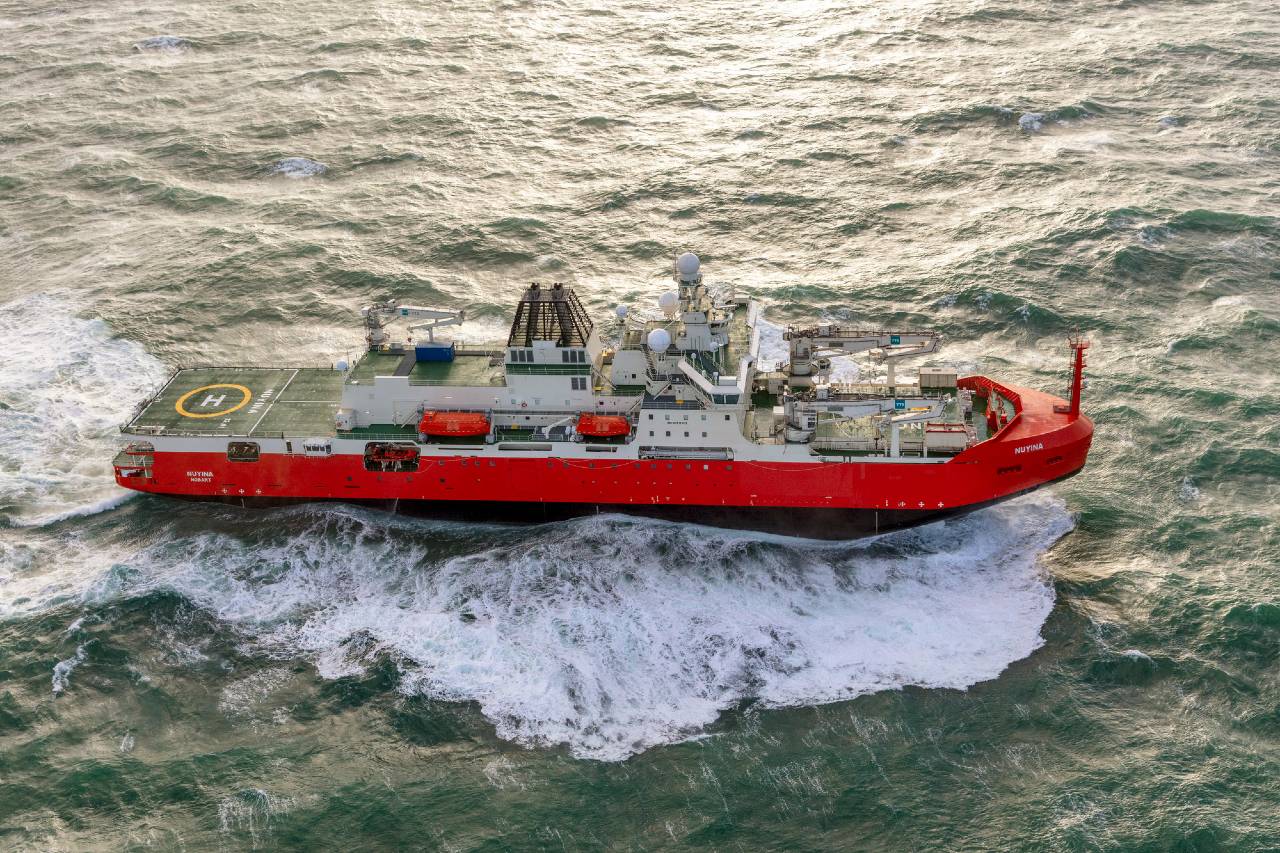
Ships of Science
Douglas Mawson was determined that Australia would be a leader in Antarctic research.
From 1929–31, he headed the British, Australian and New Zealand Antarctic Expedition (BANZARE). With the vessel Discovery and expedition aircraft, they charted the boundaries for what would later become the Australian Antarctic Territory.
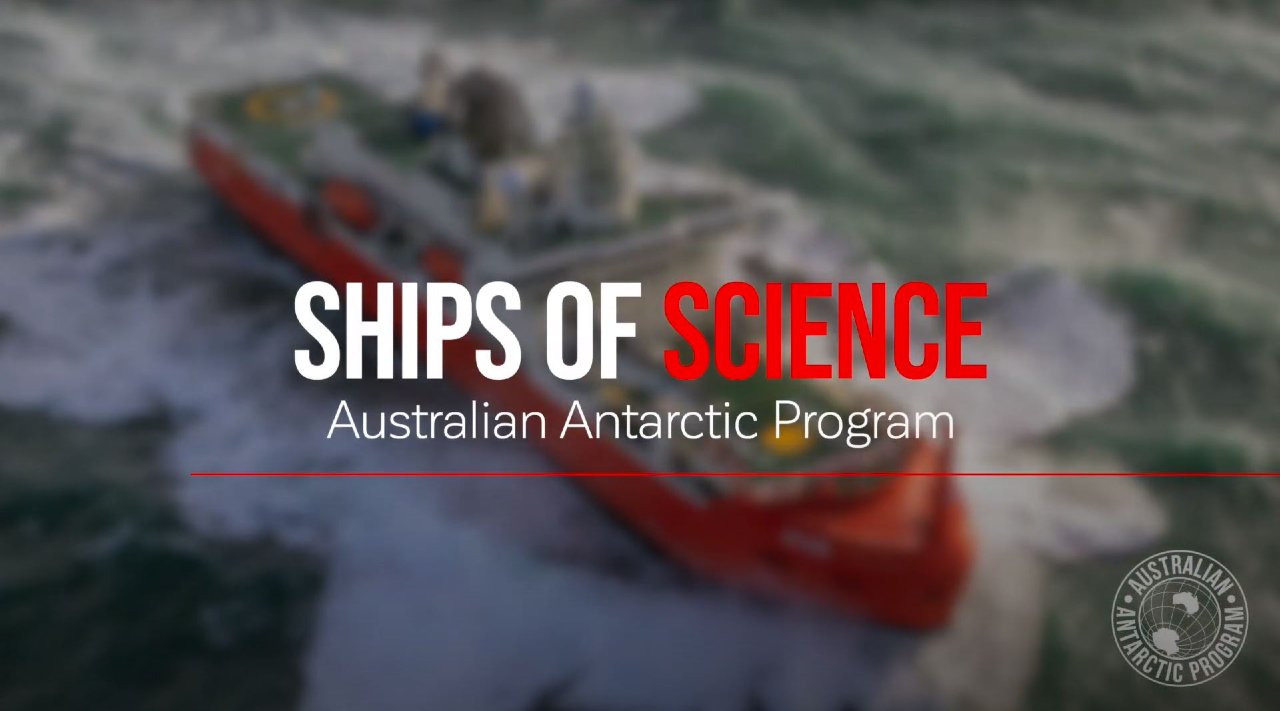
![Wyatt Earp officers and ANARE scientists celebrate during an ‘Across the Circle’ party, February 1948. Left to right: LCDR Harold Irwin (Engineer Officer), Dr Tony Bond (Medical Officer), LCDR William Cook, RAAF Squadron Leader Robin Gray (Pilot), ASCB John Homewood (Boatswain), LT John Yule (Watch Keeper), and Phillip Law (Chief Scientific Officer). Australian National Maritime Museum Collection (ANMS1445[127]).](/-/media/anmm/images/whats-on/exhibitions/2021/rsv-nuyina/anms1445127_1020x703.jpg?la=en)
Wyatt Earp officers and ANARE scientists celebrate during an ‘Across the Circle’ party, February 1948. Left to right: LCDR Harold Irwin (Engineer Officer), Dr Tony Bond (Medical Officer), LCDR William Cook, RAAF Squadron Leader Robin Gray (Pilot), ASCB John Homewood (Boatswain), LT John Yule (Watch Keeper), and Phillip Law (Chief Scientific Officer). Australian National Maritime Museum Collection, ANMS1445[127]
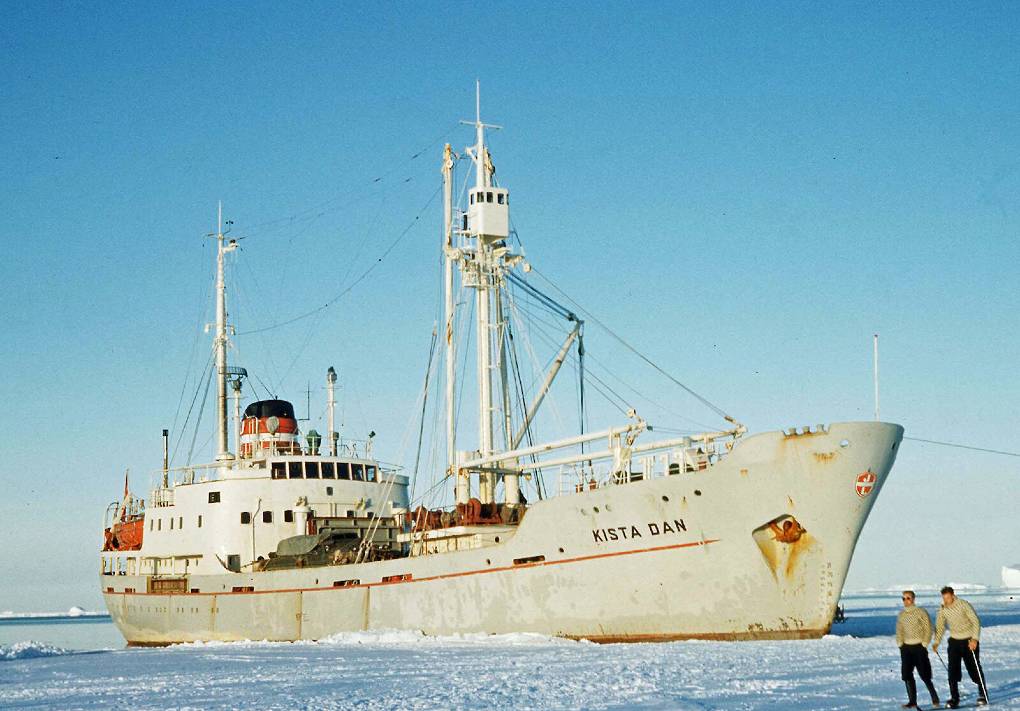
The Kista Dan was an Ice Class 1 ship with a fully enclosed crow’s nest and helideck. Photo: Philip Law. Image courtesy Australian Antarctic Division
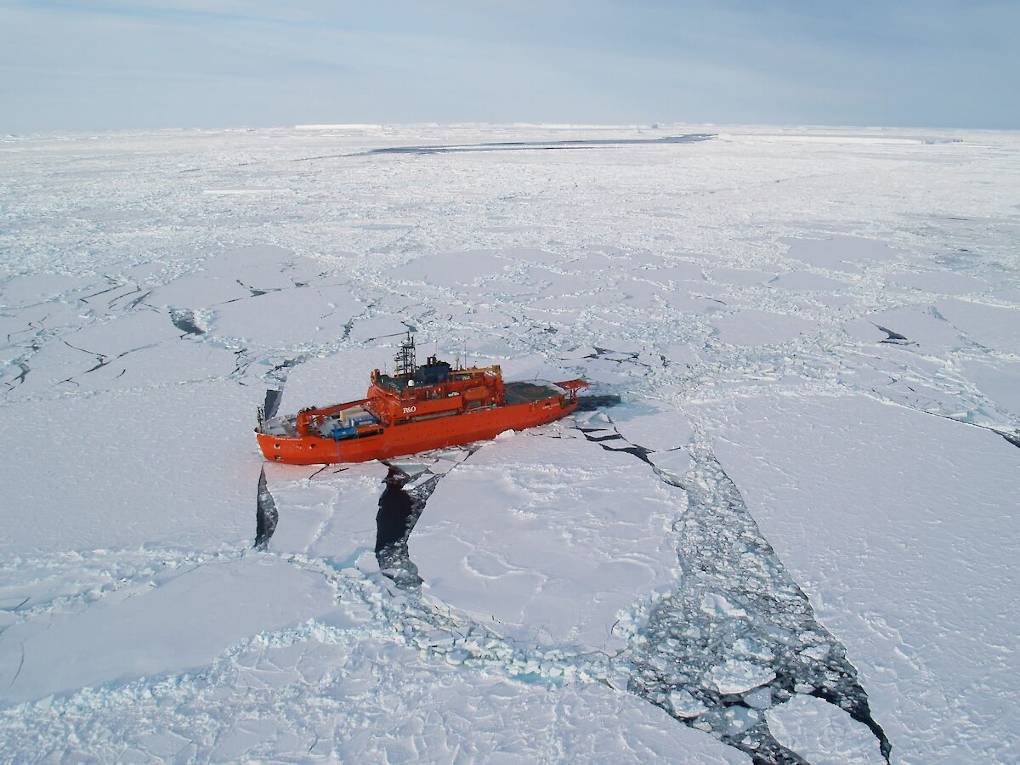
Nicknamed the 'Orange Roughy', Aurora Australis transported more than 14,000 people on 150 expeditions during its 31 years of service. Image Sandra Zicus
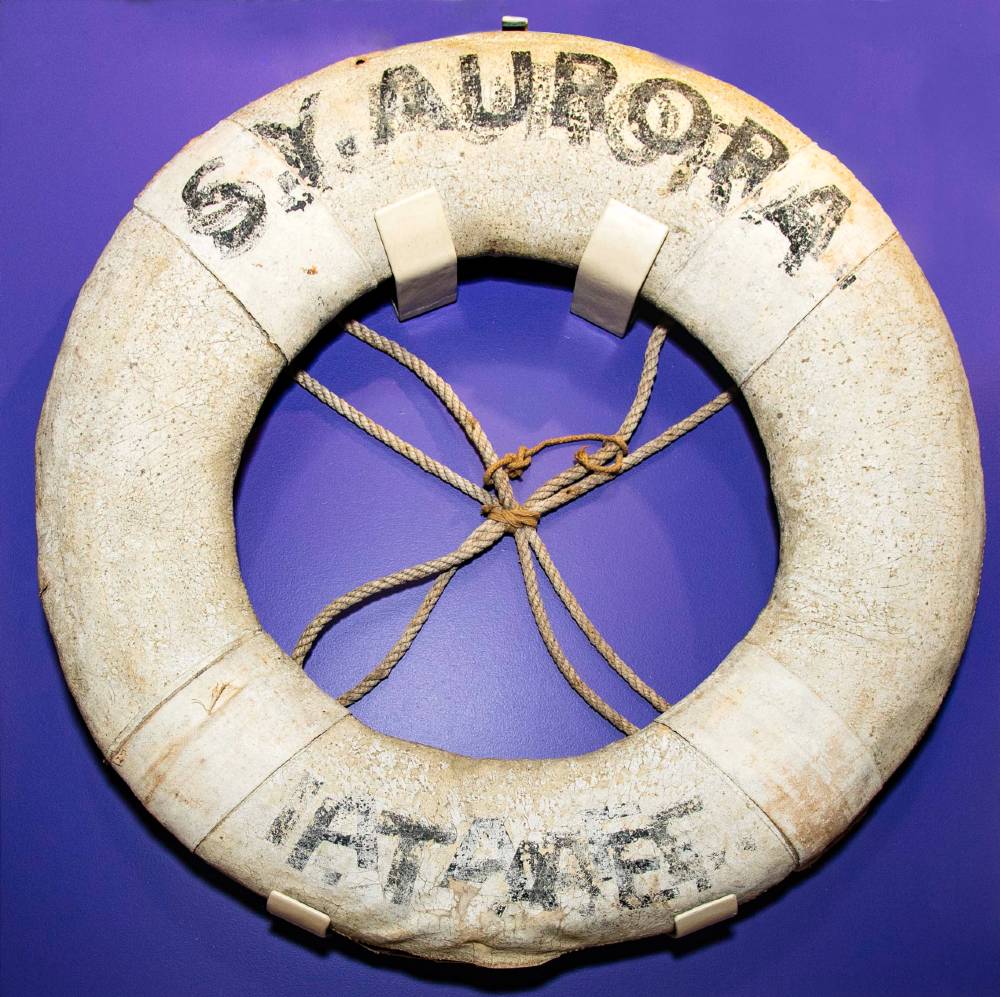
Aurora lifebuoy, 1916. National Maritime Collection, gift from John Hooke CBE, 00054969.
Ship of the future
Australia’s new icebreaker Nuyina can transport approximately the same number of passengers as Aurora Australis, but can carry more cargo and more fuel. This means it can resupply more than one research station at a time and operate for up to 90 days at sea.
Nuyina means ‘southern lights’ in palawa kani, the language of Tasmanian Aborigines*. The 160.3 metre-long 25,500-tonne ship was constructed by Damen Shipbuilding Group in their Romanian shipyard from 2017-19. It was fitted out in the Netherlands and sea trials undertaken in the North Sea in 2020. The ship is designed to break 1.65 metre-thick ice and operate in temperatures as low as -30°C and 14-metre seas.
* This wording has been approved by the Tasmanian Aboriginal Centre.
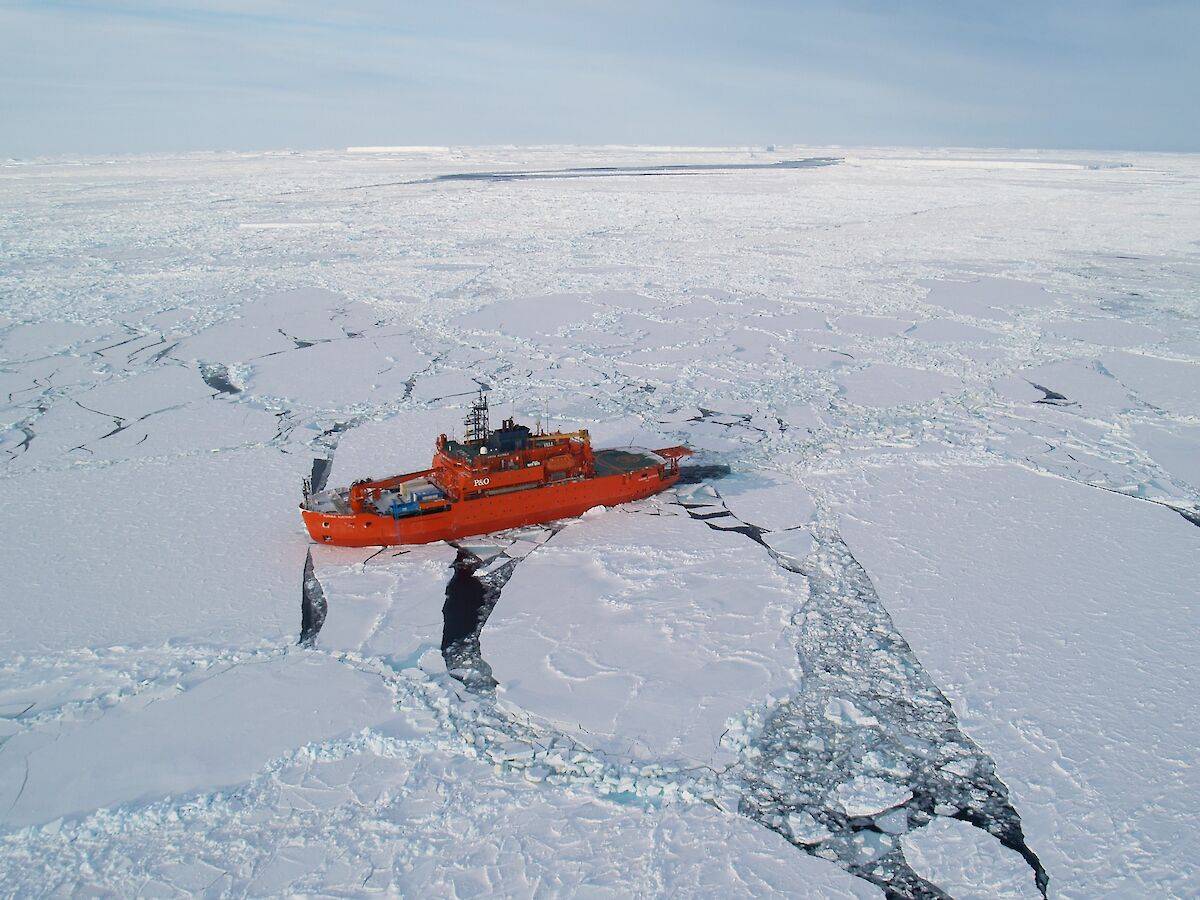
NEXT
Australian Antarctic Program
Created in collaboration with and sponsored by the Australian Antarctic Division to mark the arrival of new Australian icebreaker RSV Nuyina.
For more information visit the Australian Antarctic Division's dedicated webpage on RSV Nuyina.

